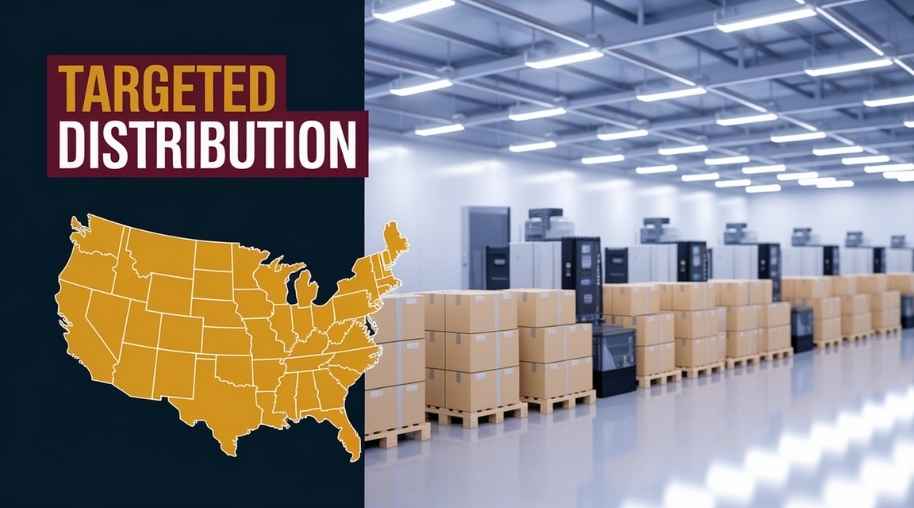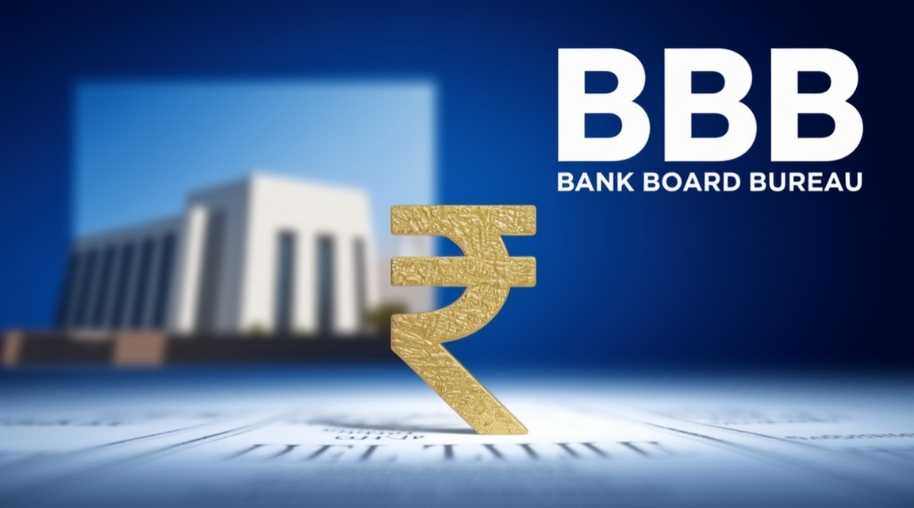TPDS Full Form-Targeted Public Distribution System
by Shashi Gaherwar
0 1919
Targeted Public Distribution System (TPDS): Ensuring Food Security in India
Introduction
India’s Public Distribution System (PDS) has undergone significant transformations since its inception. Initially established during the pre-independence era to address food shortages, it evolved into a universal distribution system post-independence. In 1997, the government introduced the Targeted Public Distribution System (TPDS) to focus on providing food assistance to the poorest segments of society, ensuring better resource allocation and efficiency.

This article explores the structure, objectives, challenges, reforms, and impact of the Targeted Public Distribution System in ensuring food security in India.
Structure and Implementation of TPDS
The TPDS operates at multiple levels, involving various government agencies and state authorities. Its key components include:
- Identification of Beneficiaries: Categorizes beneficiaries into Below Poverty Line (BPL) households with higher subsidies, Above Poverty Line (APL) households with limited benefits, and Antyodaya Anna Yojana (AAY), introduced under the National Food Security Act (NFSA), 2013, for the poorest of the poor at highly subsidized rates.
- Ration Card System: Issues ration cards based on economic status for accessing subsidized food grains through Fair Price Shops, with digital ration cards and Aadhaar-linked systems to prevent leakages and ensure transparency.
- Fair Price Shops (FPS): Government-licensed outlets, operated by private entities, cooperative societies, or self-help groups, distribute food grains and essential commodities at subsidized rates.
- Procurement and Distribution Mechanism: The Food Corporation of India (FCI) procures food grains at Minimum Support Prices (MSP) and stores them in warehouses, while state governments distribute through FPS under the TPDS framework.
Objectives of the Targeted Public Distribution System
The TPDS aims to:
- Enhance food security by providing essential food grains to low-income households.
- Reduce malnutrition by ensuring access to a minimum nutritional diet.
- Control food inflation by stabilizing market prices through government intervention.
- Improve social welfare by assisting marginalized communities in meeting basic needs.
- Promote economic equity by redistributing resources to support disadvantaged populations.
Challenges in TPDS Implementation
Despite its significance, TPDS faces several challenges:
- Leakages and Corruption: Diversion of food grains to the open market and issues with fake ration cards or ghost beneficiaries due to weak monitoring mechanisms.
- Identification Errors: Exclusion of deserving households due to errors in poverty estimation and delays in updating beneficiary databases.
- Supply Chain Inefficiencies: Poor storage infrastructure leads to wastage, and transportation delays disrupt supply chains.
- Poor Quality of Food Grains: Complaints about substandard grains and lack of quality checks in procurement and storage.
- Limited Awareness and Accessibility: Many eligible beneficiaries are unaware of entitlements, and remote rural areas lack adequate FPS coverage.
Reforms and Modernization of TPDS
To address these challenges, reforms have been introduced to modernize TPDS:
- Digitization and Aadhaar Linkage: Integration of ration cards with Aadhaar eliminates duplicates and enables real-time tracking for transparency.
- One Nation, One Ration Card (ONORC) Scheme: Launched in 2019, allows beneficiaries to access subsidized food grains from any FPS across India, benefiting migrant workers and the urban poor.
- Direct Benefit Transfer (DBT) for Food Subsidy: Transfers food subsidies directly to bank accounts in some states, reducing dependency on FPS and curbing leakages.
- Strengthening Storage and Logistics Infrastructure: Investments in modern warehouses and improved transport networks to prevent wastage and ensure timely delivery.
- Community Participation and Grievance Redressal: Vigilance Committees monitor FPS operations, and toll-free helplines and online portals address beneficiary feedback.
Impact of TPDS on Food Security and Poverty Reduction
The TPDS has significantly contributed to reducing hunger and malnutrition in India:
- Increased food availability for millions of poor households.
- Stabilization of food prices, making essentials affordable for lower-income groups.
- Enhanced nutrition levels, particularly among children and pregnant women.
- Reduction in extreme poverty by lowering household expenditure on food.
According to government reports, nearly 80 crore people benefit from TPDS under the National Food Security Act (NFSA), making it one of the world’s largest food distribution programs.
The Targeted Public Distribution System (TPDS) remains a cornerstone of India’s food security framework. While it has helped millions access essential food grains, challenges such as corruption, inefficiencies, and supply chain constraints need addressing through continued reforms. By leveraging technology, improving governance, and ensuring community participation, TPDS can become more effective in eradicating hunger and fostering a healthier, more equitable society.
Further Learning Resources
If you’re passionate about building a successful blogging website, check out this helpful guide at Coding Tag – How to Start a Successful Blog. It offers practical steps and expert tips to kickstart your blogging journey!
For dedicated UPSC exam preparation, we highly recommend visiting www.iasmania.com. It offers well-structured resources, current affairs, and subject-wise notes tailored specifically for aspirants. Start your journey today!

Share:








Comments
Waiting for your comments